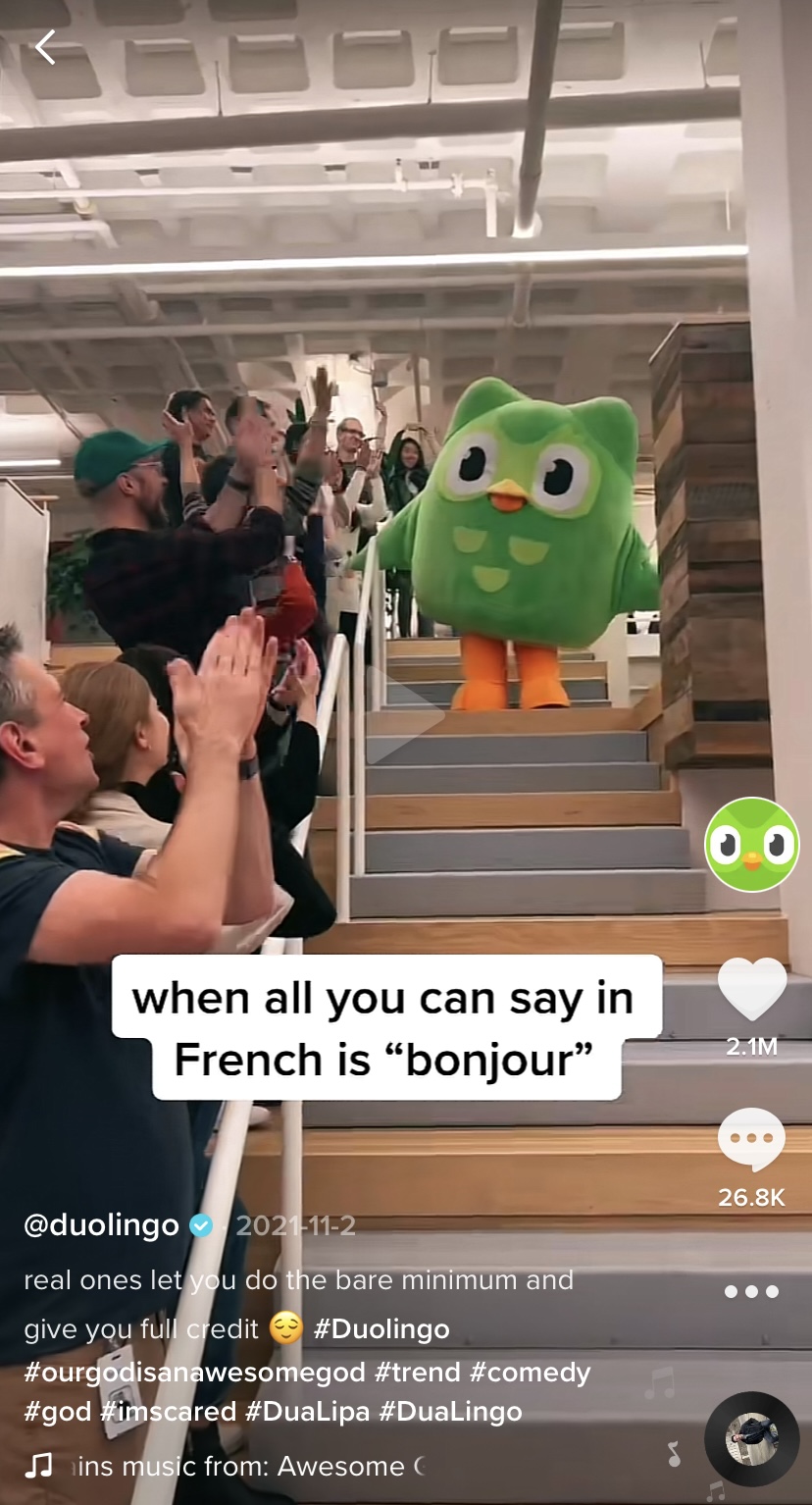 Gen Z has become one of the most elusive and influential consumer groups in the modern marketing landscape. Raised in an era of digital saturation, algorithmic curation, and cultural hyper-awareness, this generation has developed an advanced filter for what content earns their attention and what is dismissed instantly. Traditional advertising, once the cornerstone of brand visibility, increasingly feels disconnected from their world. It’s not that Gen Z doesn’t engage with marketing, it’s that they require a different, more nuanced approach.
Gen Z has become one of the most elusive and influential consumer groups in the modern marketing landscape. Raised in an era of digital saturation, algorithmic curation, and cultural hyper-awareness, this generation has developed an advanced filter for what content earns their attention and what is dismissed instantly. Traditional advertising, once the cornerstone of brand visibility, increasingly feels disconnected from their world. It’s not that Gen Z doesn’t engage with marketing, it’s that they require a different, more nuanced approach.
To effectively connect with this audience, brands must shift from broadcasting messages to building relationships. They must abandon polished facades in favor of authenticity, move from static content to interactive experiences, and demonstrate not just brand values, but lived ones. Marketing to Gen Z demands more than creativity, it demands fluency in their digital and cultural codes.
Ad Fatigue and the Overexposure Dilemma
Gen Z is constantly surrounded by content. From waking moments to late-night scrolling, their day-to-day experience is saturated with promotional material. As a result, they’ve developed an advanced ability to filter and ignore anything that feels like an overt ad. Conventional formats are often perceived as noise, and unless a brand offers something immediate and meaningful, it simply gets lost in the scroll. The challenge is not visibility, but resonance. Capturing their attention requires a shift from interruptive content to content that seamlessly integrates into their online environments.
Over-Polishing Undermines Authenticity
This generation places a high premium on authenticity, and they can detect inauthenticity with remarkable precision. Highly produced campaigns, scripted brand videos, and sanitized visuals can often have the opposite of their intended effect. To Gen Z, polish signals manipulation. They gravitate instead toward content that feels organic and spontaneous: creator-led videos, behind-the-scenes stories, and content that embraces imperfection. The more a brand appears “human,” the more credible and relatable it becomes in their eyes.
Value Signaling Without Action Breeds Distrust
Gen Z is not impressed by superficial commitments or values performatively displayed in campaigns. They have grown up in a world where social and environmental issues are urgent and omnipresent. As such, they expect brands to demonstrate integrity through measurable action. Empty slogans or symbolic gestures fall flat—or worse, provoke backlash. To earn trust, companies must embody their messages in operations, partnerships, and consistent behavior. Transparency, accountability, and follow-through are no longer “nice to haves”—they’re the baseline.
The Three-Second Threshold

In a world of short-form video, swipeable content, and relentless feed refreshes, Gen Z’s attention is earned in seconds. There is no room for slow build-ups or delayed hooks. The most effective content engages immediately, visually and emotionally, within the first few moments. Whether it’s humor, intrigue, or boldness, a piece of content must establish its value instantly or risk being ignored. This isn’t a matter of shortening all content, it’s about structuring it strategically to reward curiosity upfront.
From Passive Consumption to Active Participation
One of the most defining characteristics of Gen Z is their preference for interactivity. They are not passive recipients of brand messaging, they expect to contribute, shape, and co-create. Successful campaigns today include shareable filters, remixable audio, polls, challenges, and open calls for content creation. Gen Z wants to be in the room, not watching through a window. The brands that thrive are those that open the door and offer the tools for collaboration.
Case Studies in What Works

Brands that excel with Gen Z understand the importance of cultural integration, not just communication. Duolingo, for instance, transformed its TikTok presence by relinquishing control and embracing humor, unpredictability, and chaos, making it one of the most followed brand accounts on the platform, you can read more about Duo Lingo’s marketing strategy here. Scrub Daddy’s absurdist, low-production videos consistently outperform slick campaigns because they’re funny, raw, and unmistakably self-aware.
Others, like Patagonia and Ben & Jerry’s, have built powerful equity through consistency in their values. They don’t simply state their beliefs—they embody them in their business models and public actions. And campaigns such as Spotify Wrapped or Nike Run Club tap into the psychology of personalization and achievement, creating experiences users actively want to share. These strategies work not because they are trend-driven, but because they are user-centered.
Conclusion
Gen Z does not follow noise, they follow meaning. Their attention cannot be claimed through aesthetics alone, nor held by messages without depth. It is granted, briefly and deliberately, to brands that move with intention, speak with clarity, and act in alignment with their values.
In a world oversaturated with content and performance, the question is no longer, “Are you being seen?”
It is—when they do see you, is there anything real to hold onto?




